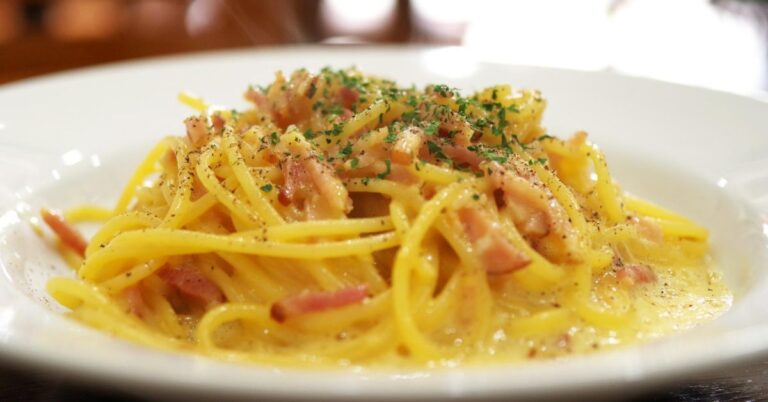In Italy it is considered rude to use fresh buffalo mozzarella to add to a recipe, whatever it may be, it is seen as wasteful. Here I will explain to you why and how to add mozzarella to pasta correctly.
Fresh mozzarella is rarely used directly on hot pasta dishes in traditional Italian cuisine, primarily due to its tendency to become overly stringy or release liquid when exposed to heat.

However, mozzarella is used in baked pasta dishes like lasagna and cold pasta salad preparations like pasta Caprese.
What makes the mix of fresh mozzarella and hot pasta risky is the milky liquid in all fresh mozzarella. This liquid doesn’t mesh well with the heat of cooking or combine favorably with hot dishes like freshly drained pasta.
In many Italian-American dishes, mozzarella is on the ingredient list, but interestingly, these are often baked dishes, such as baked ziti, lasagna, and oven-baked spaghetti.
If you’re keen on incorporating mozzarella into your cooking, it’s crucial to remove the pasta from the heat first. Adding mozzarella while the dish is still hot can lead to it becoming mushy and overly chewy.
However, the approach changes when it comes to baked or cold pasta dishes. In these cases, mozzarella is a common ingredient in traditional Italian dishes like lasagna, pasta sorrentina, or a chilled caprese pasta salad.
I’ll guide you through selecting the right type of mozzarella for your pasta dishes and how to prepare and add it in a way that avoids it turning gummy, watery, or burnt.
Cooking with Fresh Mozzarella: do it correctly
Whether you’re making a delicious baked pasta dish or just cooking some regular Italian-style pasta (check out my technique at the link) and want to add mozzarella on top, the following tips will help you avoid watering down your dishes with whey and prevent your mozzarella from turning runny and then chewy.
<strong>How to prepare fresh mozzarella to cook along with a dish</strong>
Total Time: 5 minutes
Drain It
Whatever the recipe, the mozzarella should be your first concern, so once you buy fiordilatte mozzarella, remove it from the water and let it drain out of the refrigerator.
You can put it in a colander over a bowl and then squeeze it gently with your hands.
This is a fairly crucial step especially if you put the mozzarella in the oven with layered preparations, such as eggplant parmigiana, where the excess liquid would drip to the bottom drowning everything in a whitish sea.
Shred It
Another important thing is to cut the mozzarella before putting it in the preparation: mozzarella must be shredded by hand, resulting in little and irregular shreds that in the same bite will offer some of the “outside,” the more compact outer part, and some of the soft, juicy heart.
Especially in raw preparations, we avoid adding mozzarella cut into squares or strips with a knife, better to shred it into small pieces with your hands.
Adding it to pasta
As I explained, adding fresh mozzarella to hot pasta is not ideal, but if you want to do it, then add drained, shredded mozzarella to lukewarm, never hot, pasta. If you add mozzarella to pasta that’s too hot, or worse, in the pan where you cook the pasta sauce, it will melt and become very stringy, but then it will quickly cool down and become very chewy in a few minutes.
So, try to put it on a plate of pasta that is not too boiling hot so that it never fully melts.
Why You Shouldn’t Use Fresh Mozzarella Cheese on Hot Pasta
So, can you put mozzarella in pasta? Technically yes, but I advise against it, especially if it’s fresh mozzarella or buffalo mozzarella, as cookist.it advises.
When cooking with mozzarella cheese, it’s easy to make mistakes, whether you’re using buffalo mozzarella or fiordilatte (cow’s milk) mozzarella. Although mozzarella is a stringy cheese, this doesn’t mean it’s suitable for melting on hot dishes like pasta.
In fact, using fresh mozzarella, especially the highly regarded buffalo variety, on hot dishes such as pasta is not recommended. This type of mozzarella is treasured in Italy and worldwide for its freshness and is best enjoyed on its own, not as a pasta topping.
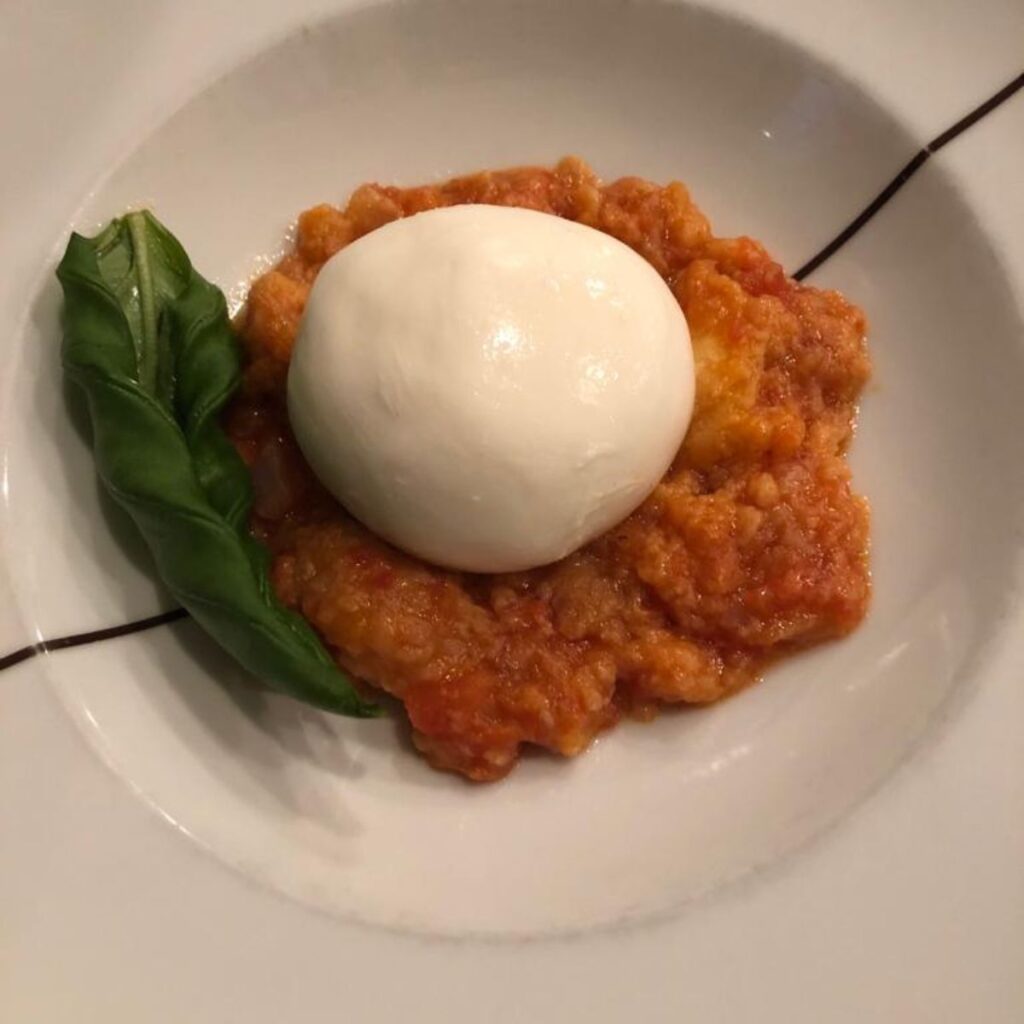
This is because fresh mozzarella, particularly buffalo mozzarella, contains more water than fiordilatte, making it unsuitable for hot dishes where it can release excessive liquid.
Furthermore, in Italian culinary etiquette, using fresh buffalo mozzarella in recipes is generally viewed as wasteful and disrespectful. It’s more appreciated in its natural, uncooked state.
Choosing the Right Mozzarella for Your Pasta
So if at all costs you want to put mozzarella on your hot pasta, then put fiordilatte mozzarella. Compared to buffalo, it is drier, more compact, and also cheaper and, if of good quality, gives excellent results in cooking.
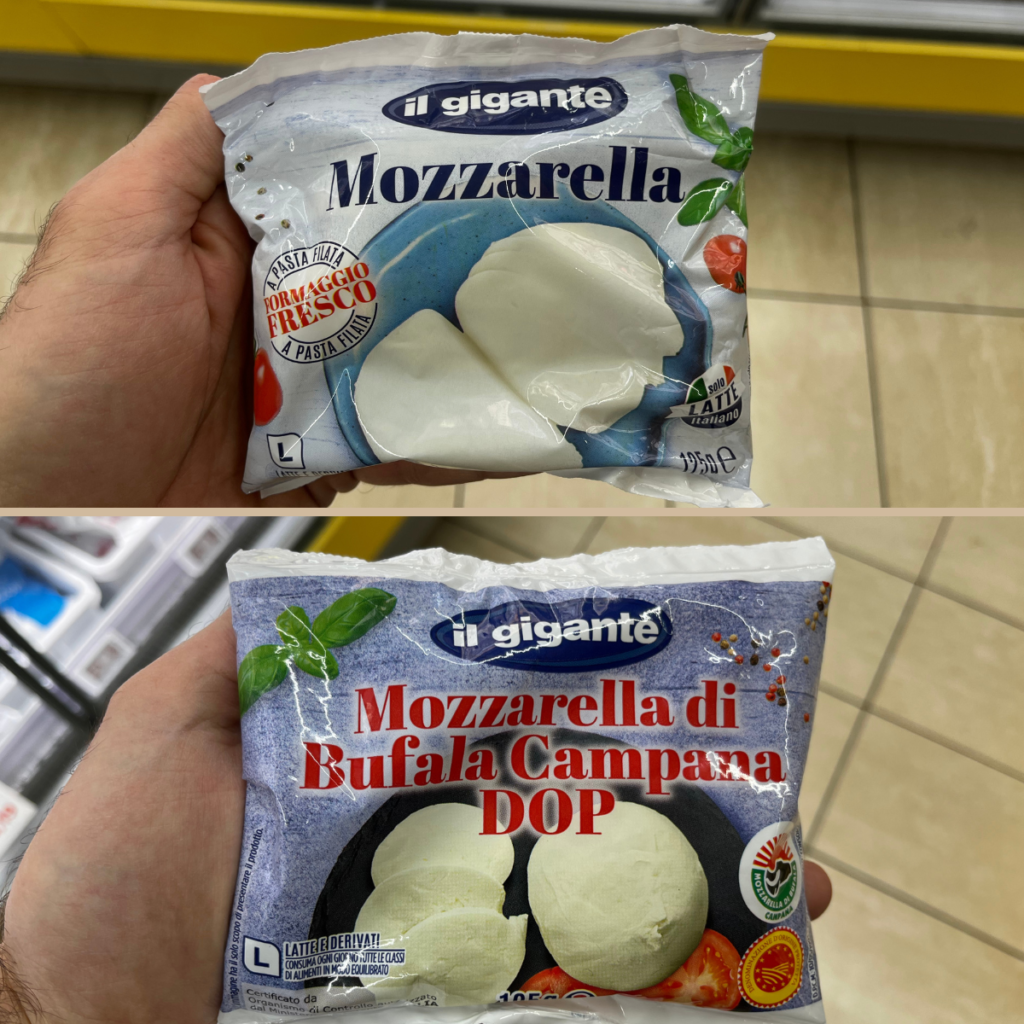
Two supermarket mozzarellas, both packaged in milky liquid, look the same but are actually different: the one on top is a Fior di Latte mozzarella made from cow’s milk, while the one below is a Buffalo Mozzarella.
I don’t advise you to buy, all those rectangular or otherwise square-shaped rolls, which often have a pizza drawn on the package: they are far from being able to be called mozzarella (in fact, many carry a generic indication of “mozzarella-type cheese“) and even those that display the name “Italian mozzarella” are industrial products with a flat taste and dubious texture.
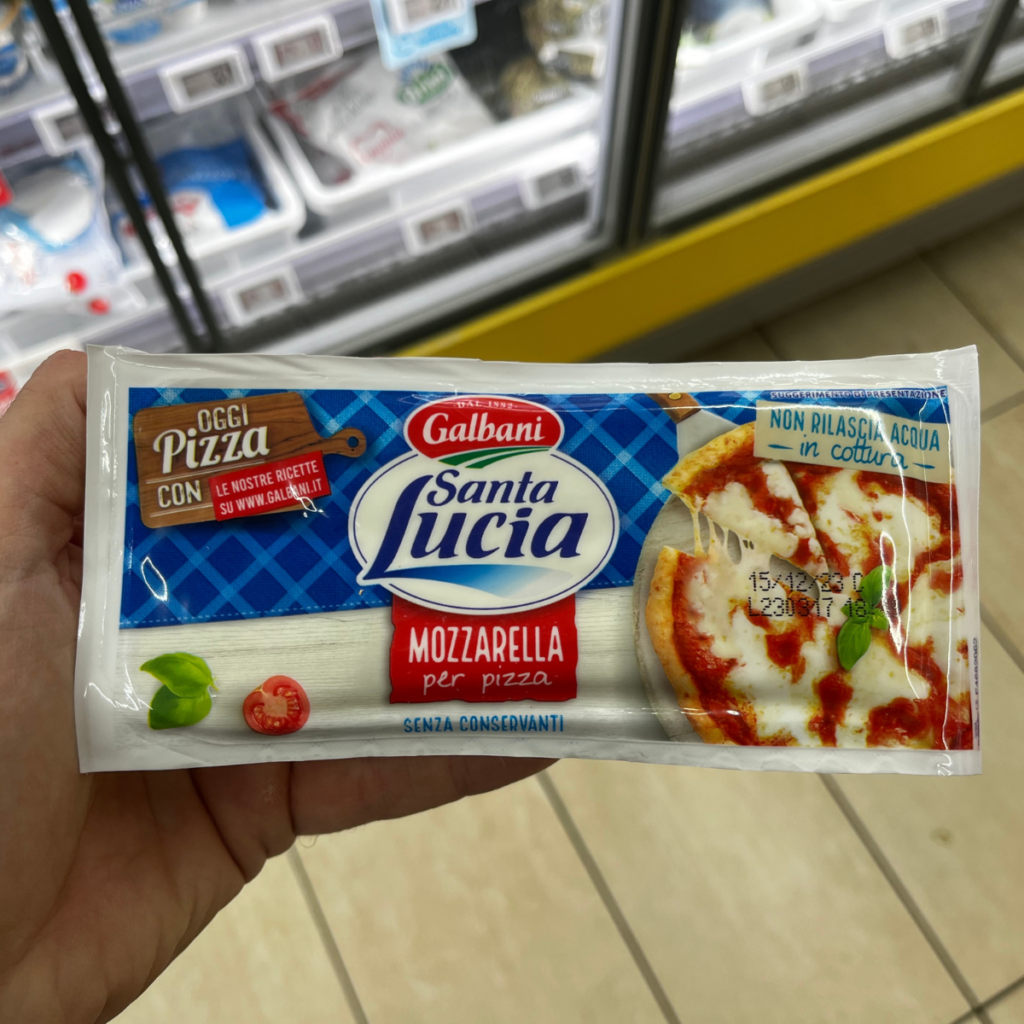
Of course, I also advise you to stay away from pre-cut, pre-shredded, or low moisture mozzarella bags, choose mozzarella fiordilatte in brine, sold in plastic bags filled with liquid, they have the classic mozzarella ball shape.
If you are lucky enough to be able to buy mozzarella from a dairy factory near the place of production, be aware that even fresh cow’s mozzarella out of the dairy is very moist. This richness of liquid is what makes it taste so good raw, each bite is a juicy bite, but in recipes with hot food, as I explained above, too much liquid is not good.
Better then if the mozzarella is already a few days old, say 2 or 3: it will be drier, but equally fresh and tasty.
Final Thoughts: Is Mozzarella Suitable for Pasta Dishes?
As I explained above, mozzarella in pasta here in Italy is put more for baked preparations such as lasagna or pasta al forno, or on cold dishes such as pasta Caprese with mozzarella pieces and fresh tomatoes.
But you are unlikely to find pasta that is topped with mozzarella in an Italian restaurant, as there are no classic dishes that include this topping.
However, this does not mean that you can still find and try many Italian-style recipes where the pasta is topped with fresh fiordilatte mozzarella, in this case, is better to follow how I recommend that you prepare the mozzarella shred as I explained above.

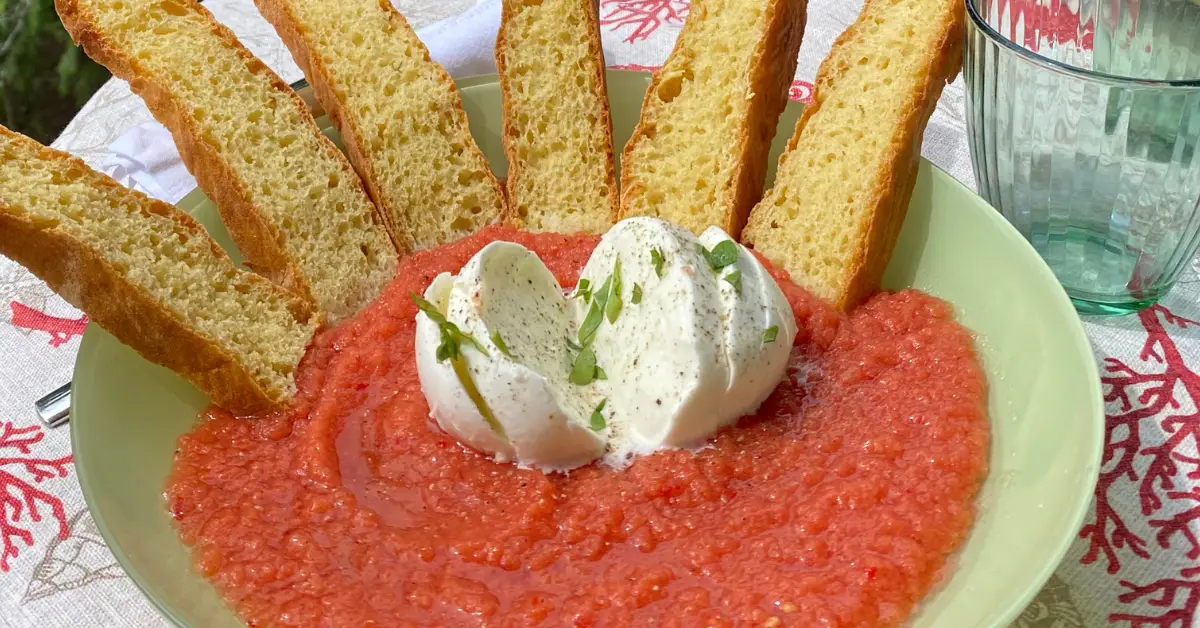
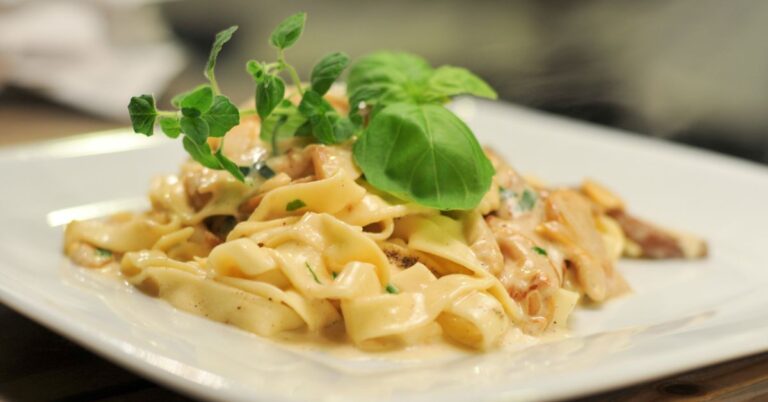
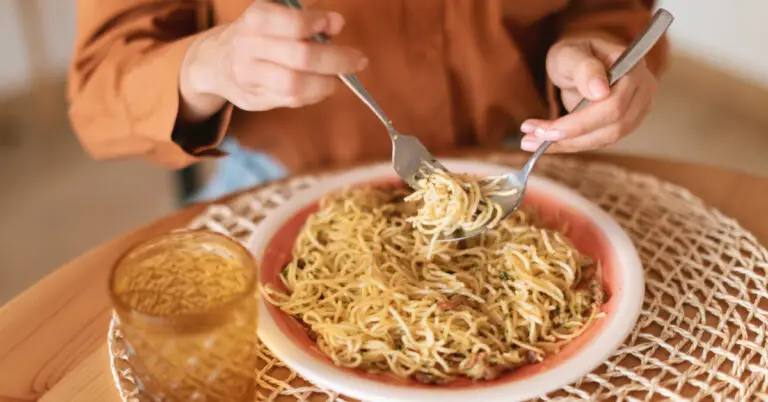
![Italians Use a Specific Type of Salt for Pasta [Right Time to Add It]](https://whyitalians.com/wp-content/uploads/2022/09/salt-needed-for-pasta-768x402.jpg)
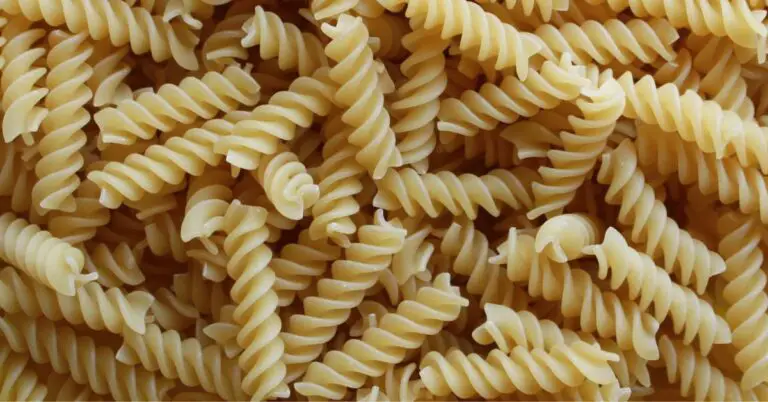
![Does canned pasta exist in Italy? [that’s why we hate it]](https://whyitalians.com/wp-content/uploads/2022/12/ravioli-pasta-in-a-can-768x402.jpg)
